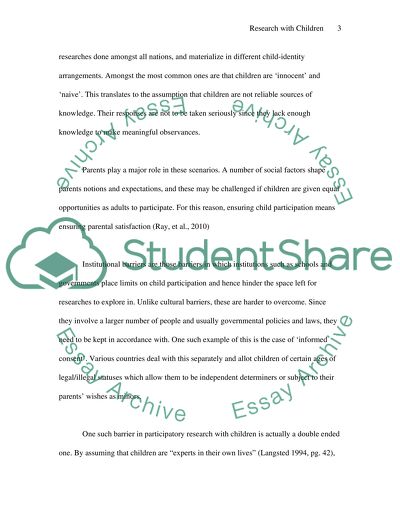Cite this document
(Research with Children Coursework Example | Topics and Well Written Essays - 2000 words, n.d.)
Research with Children Coursework Example | Topics and Well Written Essays - 2000 words. Retrieved from https://studentshare.org/family-consumer-science/1567973-research-with-children
Research with Children Coursework Example | Topics and Well Written Essays - 2000 words. Retrieved from https://studentshare.org/family-consumer-science/1567973-research-with-children
(Research With Children Coursework Example | Topics and Well Written Essays - 2000 Words)
Research With Children Coursework Example | Topics and Well Written Essays - 2000 Words. https://studentshare.org/family-consumer-science/1567973-research-with-children.
Research With Children Coursework Example | Topics and Well Written Essays - 2000 Words. https://studentshare.org/family-consumer-science/1567973-research-with-children.
“Research With Children Coursework Example | Topics and Well Written Essays - 2000 Words”. https://studentshare.org/family-consumer-science/1567973-research-with-children.


